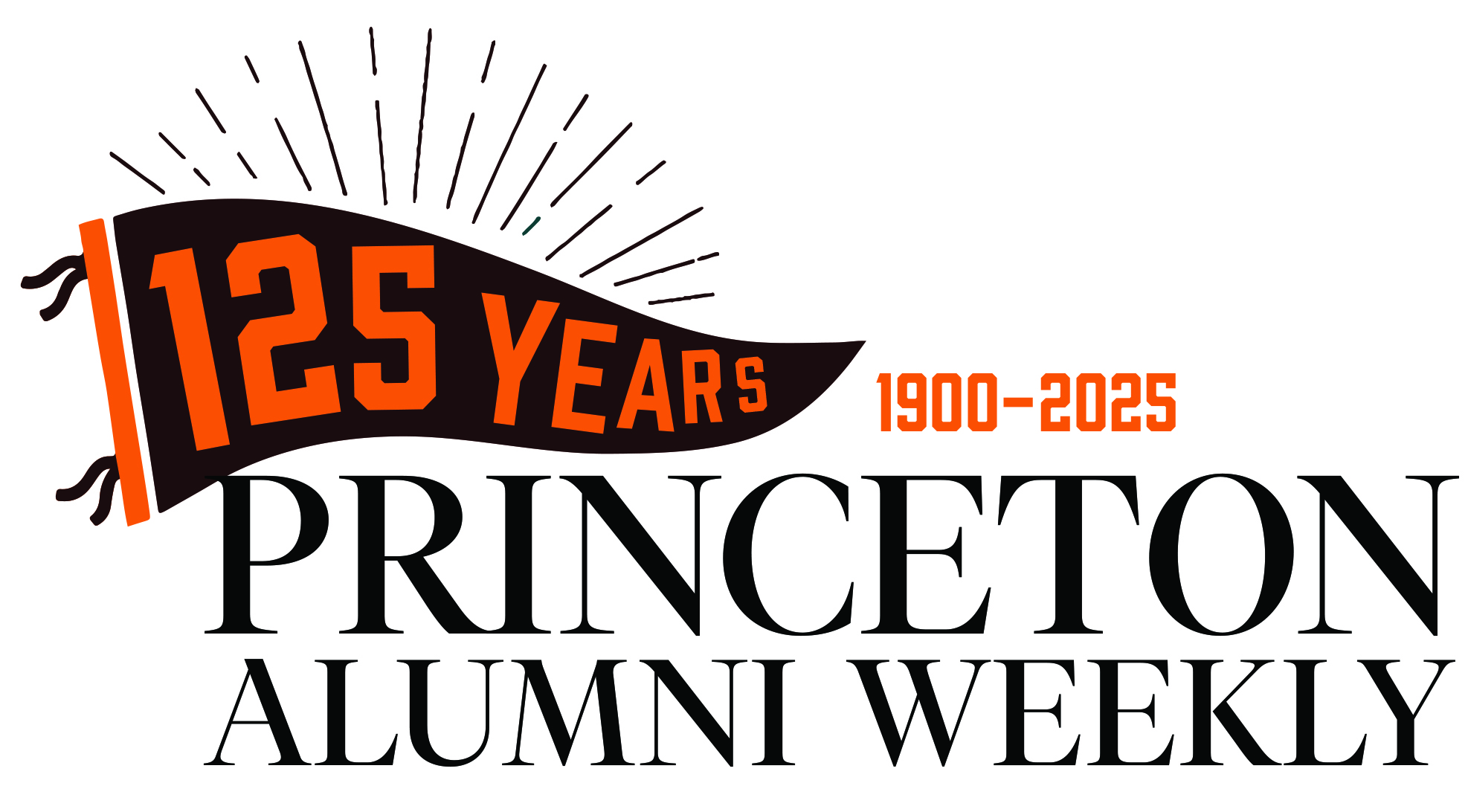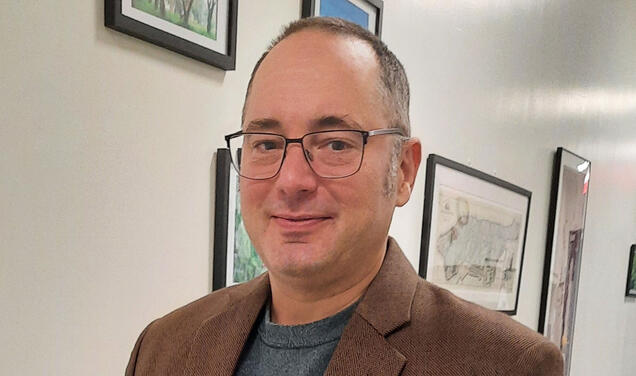Will the Ivy League always have its ivy? The answer isn’t as obvious as we might expect. Like all plants, ivy thrives in a specific range of environmental conditions. Above a consistent temperature of about 90 degrees, the Boston ivy that grows on Princeton’s campus gets stressed, drops leaves, turns brown and yellow and dies. That type of heat and humidity isn’t uncommon during the summers in Virginia. And because of climate change, the grounds and landscaping staff at Princeton have been slowly adjusting the flora on campus to survive the historic climate of Virginia, not New Jersey.
“We feel like, in campus grounds, we’re upholding her values still. How we work, how we look at things.”
— Devin Livi, director of campus grounds
We owe Princeton’s ivy look, which is far more subtle and complex than it might appear, to Beatrix Jones Farrand, the landscape architect who designed Princeton’s modern grounds. When the University hired Farrand in 1912, she had to solve the problem of how to produce the look without using too much of the plant itself. In the late 19th and early 20th centuries, a fashion for ivied gardens, half-wild and rich with little fancies, coincided with a fashion on American campuses for buildings in the Collegiate Gothic style, also half-wild and rich with little fancies, that we now associate with the Ivy League. But ivy is terribly destructive to buildings — and we might not have figured out how to get the ivy look if not for Farrand’s brilliance.
She filled the campus with vines that are actually cleverly groomed trees and shrubs: forsythia, honeysuckle, five-leaved aralia, blending with true vines of ivy and hydrangea, climbing up walls and weeping from archways in sticky drops of purple and gold. From her, too, come our curving paths, our fall conflagrations, the cherry trees that cover the campus with an indecent pink blush every spring. More than anyone else, Farrand is the reason Princeton looks like Princeton.
Farrand, née Jones, grew up rich in New York City, the niece of the novelist Edith Wharton. A character based on her appears in an 1894 society novel by Marion Crawford, which describes her as witty and practical, a consummate New Yorker.
Farrand decided young that she wanted to be a landscape architect, and her talent was so exceptional that those who could afford the best would settle for nobody else. She managed the gardens of the Morgans, the Rockefellers, and the Whitneys, and she advised the Roosevelts on the White House gardens. After Woodrow Wilson 1879 became U.S. president in 1913, she designed the new gardens that flanked the remodeled East and West wings.
In 1912, Princeton hired her, on the Roosevelts’ recommendation, to serve as a landscaping adviser. She got a husband out of the deal: At a dinner at Prospect House the next year, she met a Yale history professor, Max Farrand 1892, who was outdoorsy, funny, and tall, like her.
Farrand’s philosophy emphasized native plants, seasonal costume changes, and designs that enhanced the existing natural landscape. That philosophy still informs the look of campus today, says Devin Livi, the University’s director of campus grounds: “We feel like, in campus grounds, we’re upholding her values still. How we work, how we look at things — asking, ‘What would she use?’ We’re carrying the torch.”
But a philosophy that champions native plants no longer works as a campus development plan without a reevaluation of what “native” really means. Already, members of the grounds staff are talking about bringing in new varieties of grass that better respond to drought conditions. They have a 12-acre nursery where they bring plants from the South — the Chinese pistache tree, for instance — and test them for a few years to see whether they fare better than New Jersey plants. If they do, the staff introduces them to campus.
“We’ve seen the biggest decline in evergreen trees, in terms of things we don’t plant and we don’t see anymore,” Livi says. “We’re keeping an eye on sugar maples. They’re found in Vermont and Massachusetts. And in New Jersey, once — but less often now. We’re looking at different varieties to see if different varieties can survive in the changing climate.”
An unhappy paradox, then: For as long as temperatures keep rising, trying to sustain Farrand’s legacy means that her campus will, in time, become unrecognizable to her.











0 Responses